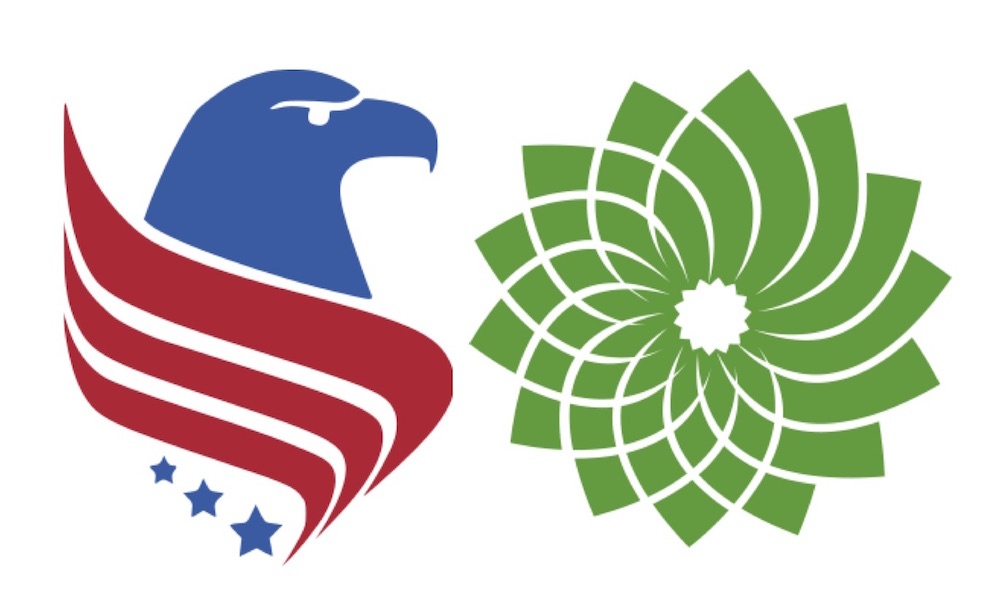INSTITUTE INDEX: Opening the ballot to new parties in Southern states

The Constitution Party (logo at left) and the Green Party (logo at right) will appear for the first time on North Carolina's ballot in November thanks to a law the legislature passed last year easing the state's ballot access requirements.
Number of new political parties that will join the Democratic, Libertarian and Republican parties on the North Carolina ballot in November thanks to a law the legislature passed last fall reducing the state's onerous qualification requirements: 2
Date on which one of those newly qualified parties, the ultra-conservative Constitution Party of North Carolina, held its nominating convention: 6/16/2018
Date by which the other newly qualified party, the leftist N.C. Green Party, must submit the names of its nominated candidates to state officials: 7/1/2018
Under North Carolina's old law, signature requirement for a new party to qualify as a percent of the total number of voters who cast ballots in the most recent gubernatorial election: 2
Approximate number of signatures this meant a new party had to collect: 90,000
Percent requirement under the new law: .25
As another alternative for parties to gain access under the new law, number of state ballots nationwide on which a party must appear to qualify for the North Carolina ballot: at least 35
Last time a new party — the Libertarian Party — appeared on North Carolina's ballot for the first time: 1976
Month in which a Virginia House of Delegates subcommittee killed a bill to loosen that state's ballot access restrictions: 2/2018
When the electoral reform group FairVote last assessed state ballot access laws in 2015, number of states it designated as particularly restrictive: 18
Of those 18 states, number in the South: 5*
In Alabama, among the states identified as especially restrictive, year in which a still-pending lawsuit was filed over onerous signature requirements for independent candidates to get on the ballot: 2013
Rank of that suit among the oldest pending constitutional ballot access cases in the nation: 1
As of last year, number of constitutional ballot access cases that were pending in various federal appeals courts nationwide: at least 9
Number of states were such lawsuits were pending in federal district courts: 15
* Alabama, Florida, Georgia, North Carolina, and Texas.
(Click on figure to go to source.)
Tags
Sue Sturgis
Sue is the former editorial director of Facing South and the Institute for Southern Studies.
